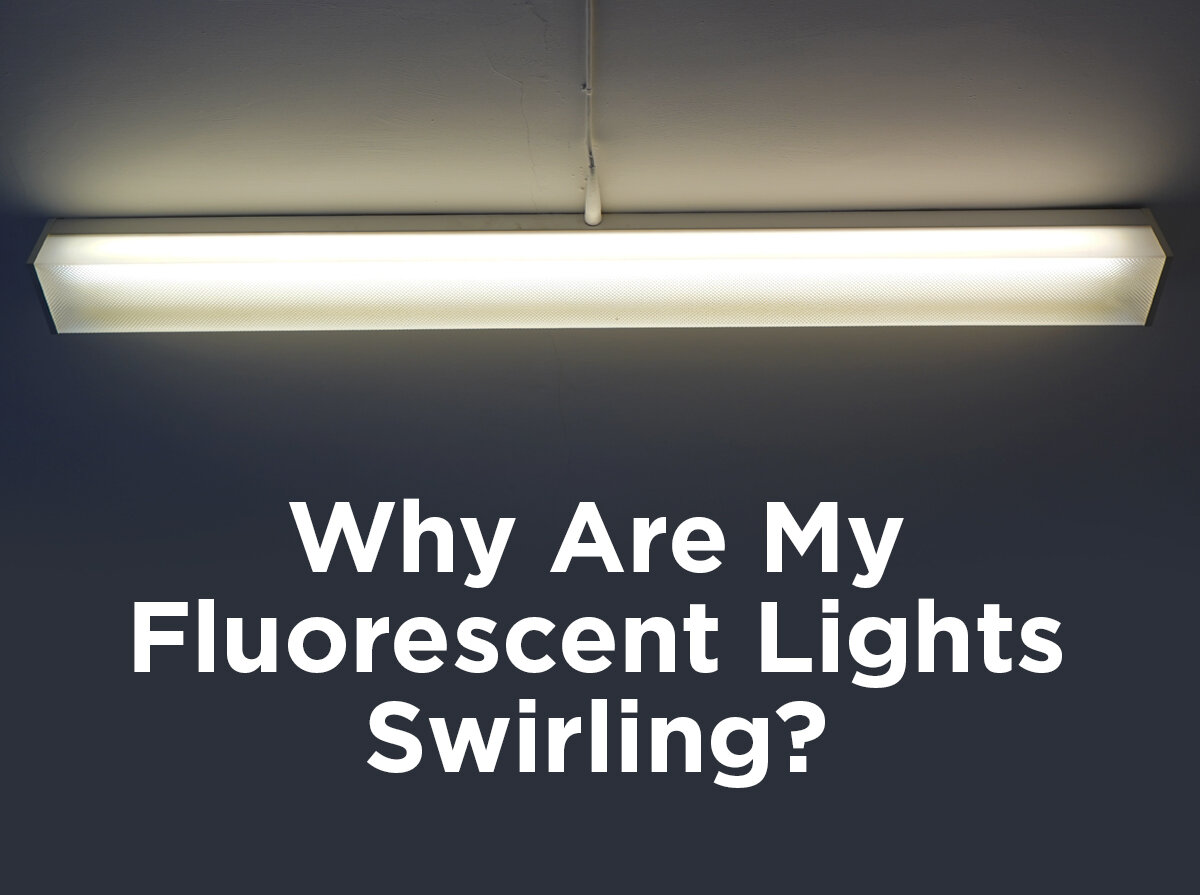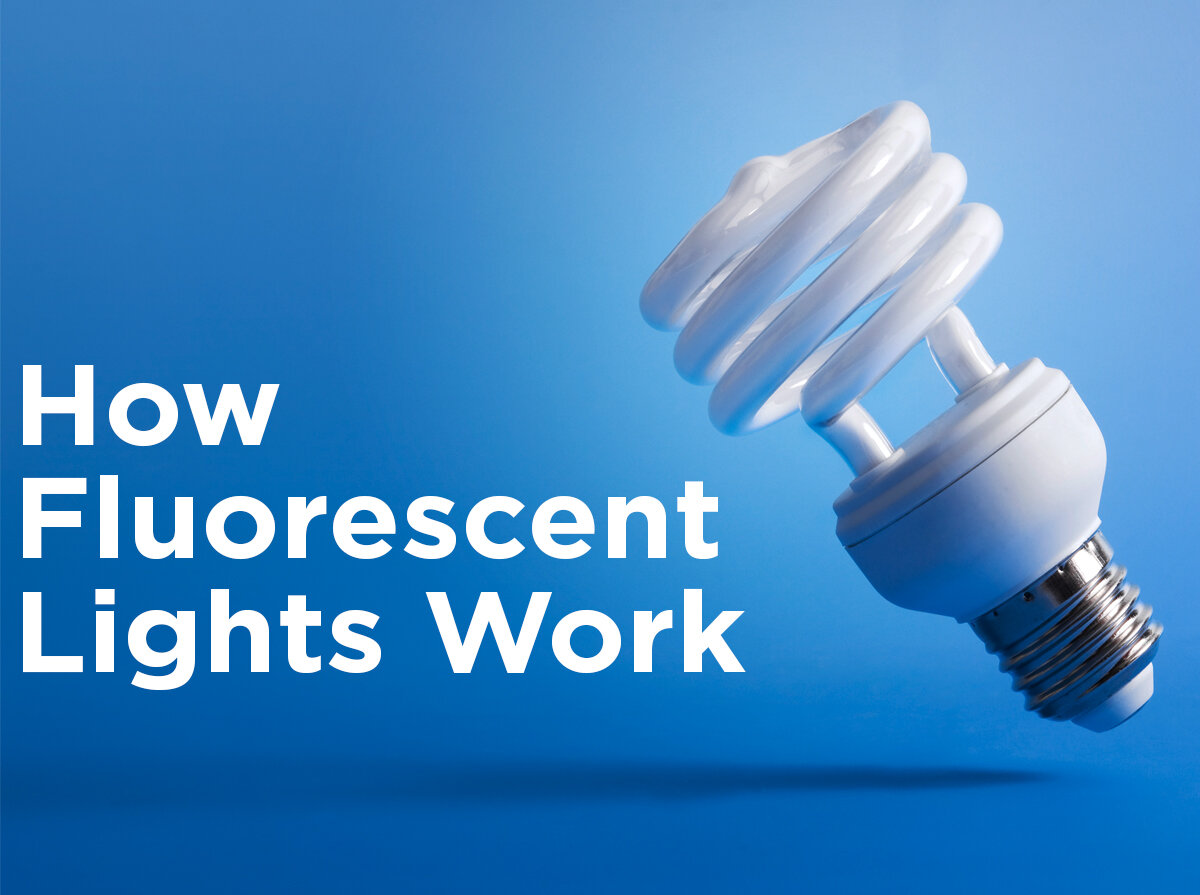Why Are My Fluorescent Lights Swirling?
Unless you’re setting the scene for a haunting, swirling and flickering fluorescent lights are annoying. Aside from getting on your nerves, the rapid on/off cycle can cause your eyes to strain or feel tired and trigger headaches. The swirling or striation effect doesn’t necessarily mean something is majorly wrong with your lights. Theories suggest that reduced mercury vapor pressure caused by cold environments or impurities in the tube produce this strange phenomenon. Regardless of how it happens, there are some common situations and solutions to return your lights to flicker-free operation.
1. If Your Lights Are Brand New
Occasionally new fluorescents, fresh out of their packaging, will turn fickle upon the first flick of the switch. This could mean that you need to “season” your lamps. This is a process of adjusting your lamps to their new life inside your fixtures. First, try turning your lamps on and off in 30-minute intervals for about 3 to 4 hours. If that doesn’t steady your fluorescents’ light, leave them on continuously for 24 to 48 hours.
2. If It’s Really Cold
By really cold, we mean extreme freezes below 0 degrees Fahrenheit for standard T8s. This can cause that eye-irritating effect. Avoid allowing your lamps to operate for prolonged periods of time in excessive cold, unless they are rated for that temperature. Most ballasts and fluorescents have a listed operating temperature range. If your lamps need to weather an Arctic-like winter, make sure your lamps and their ballasts are rated for conditions below 50 degrees Fahrenheit. Also note that appliances like walk-in freezers and coolers use special freezer-rated fluorescents designed to light in consistently cold climates.
3. If Your Fixture Installation Is Old
Fixtures get old and so does their wiring. A broken or worn-out wire end in the wire nut can cause a poor electrical connection. Double check that the ends of your wiring are secure where they meet in your wire nuts; check your tombstones or lampholders, which are also subject to wear and tear. You can also use a multimeter or voltmeter to find out if your ballast is receiving the proper input voltage.
While the mini Aurora Borealis is fascinating to observe, if you have more tips on how to put an end to the light show, please leave a comment in the area below. Our 1000Bulbs staff knows their lights. If you’ve got a shady light problem, call us at 1-800-624-4488 for an illuminating solution.








